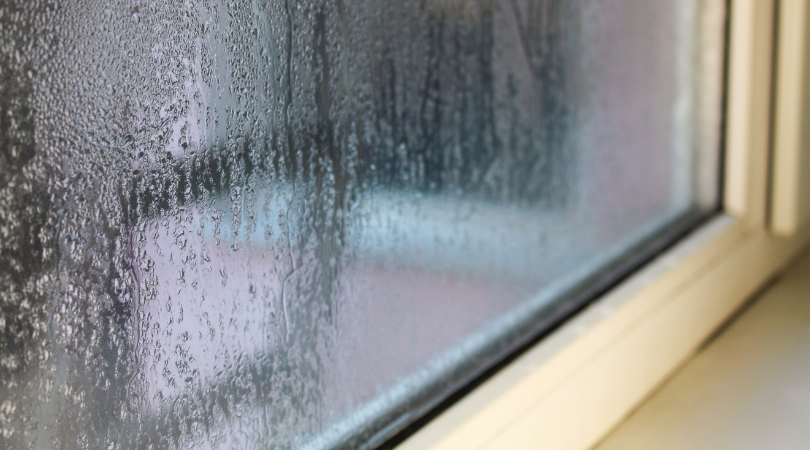
Homeowners are often concerned when they see condensation on their energy efficient windows. We explain why it happens and how to alleviate the problem:
Why does condensation build up on my new, energy efficient windows? Condensation is the result of warm, moist air coming in contact with a surface that is much cooler. During the winter months, the cold glass of your windows collides with the warm, moisture-filled air in your home. Energy efficient windows, which prevent air circulation and evaporation, then collect condensed moisture on window panes and sills.
What causes excessive moisture in my home? Everyday household tasks such as cooking, showering, washing dishes, laundry – even breathing – creates excess moisture in your home. Common household decor like fish tanks, live plants, aromatic diffusers, and tabletop water fountains can also contribute to the problem. Homeowners who have a newly built home or addition may also have excess moisture from the natural drying process of materials such as wood, plaster, and cement.
How do I prevent condensation on my windows? You can eliminate condensation by reducing the humidity and increasing air circulation in your home. Install exhaust fans in your bathroom, kitchen, and laundry room and ensure they are vented outdoors. A properly vented attic should feature soffit or gable vents and/or a roof ridge vent to provide additional air circulation. Dehumidifiers strategically placed in rooms prone to moisture buildup will also help prevent condensation.
If condensation is a problem on your newly-installed windows – it’s a sign of too much moisture in your home and that your windows are performing exactly how you intended! These tips will help eliminate this common problem and maintain healthy moisture levels in your home.


